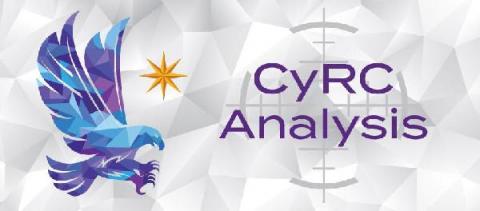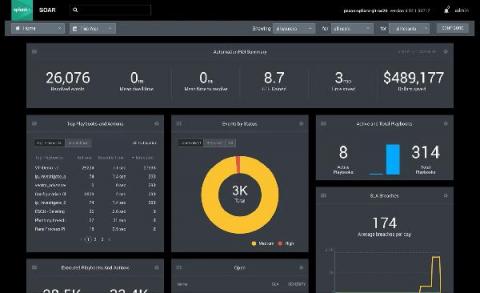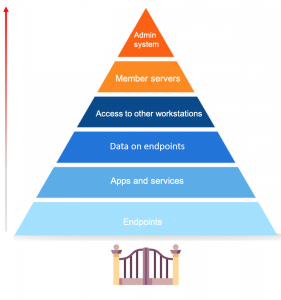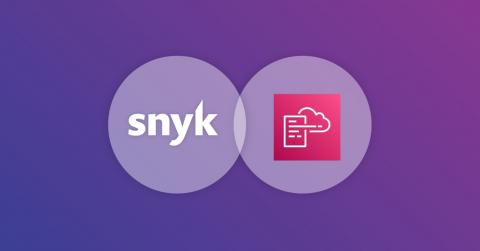PII Compliance Checklist & Best Practices
Research from Gartner suggests that, by 2023, more than 60% of the world’s population will be covered by some form of personal data protection legislation. From GDPR to CalPRA, privacy regulations are on the rise. These compliance regimes aim to protect a user’s rights to their data — which, in practice, means that businesses need to implement more effective approaches to security.










